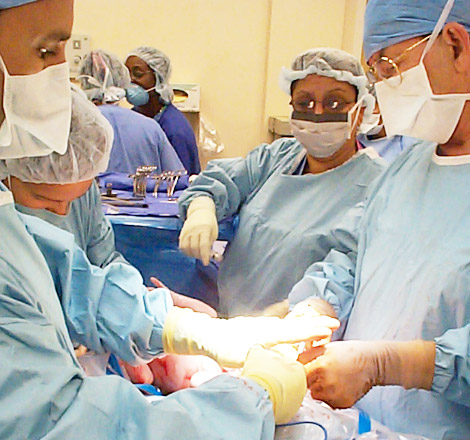Predicting provider demand
Dr. Michael Housman has developed a method for determining the demand for surgical procedures in markets by using publicly available patient-level data. This information can be used by hospitals and ambulatory surgical centers (ASCs) considering whether to start a surgical service line and when applying for a Certificate of Need (CON). Examining the data can help hospitals determine the viability of potential revenue streams by enabling them to determine both whether adequate demand exists and the extent to which their proposed service line overlaps with those of competitors. Dr. Housman uses his information to predict the likelihood that ambulatory surgical centers and hospitals will enter or exit a service line, enabling clients to assess the likely trajectory a market will take after they change the service lines that they offer.
To make his predictions, Dr. Housman derived quarterly procedure counts at the facility and at the county levels. This has enabled him to measure competition and procedure demand with high precision, allowing him to examine the number of procedures performed by both surgical specialty and procedure type. While Dr. Housman’s original dataset was created for Florida, his technique can be applied to any of the more than forty states that participate in the Healthcare Cost & Utilization Project (HCUP).
Although this method was initially used to measure competition among ambulatory surgical centers and hospitals, it has broader potential uses. Outpatient surgery is just one of many health care services that are being uncoupled from the general hospital. Similarly, specialized facilities are beginning to emerge for cardiac catheterization, lithotripsy, and diagnostic imaging services. Even inpatient procedures are migrating away from general hospitals and toward specialty hospitals. As these services migrate into more specialized treatment settings, the growth of these facilities poses similar questions about their competitive effect on hospitals. Working with patient-level data provides the unique benefit of capturing observations of treatment in all possible facilities.
Dr. Housman’s research on provider entry and exit is forthcoming in Health Care Management Review, and has been presented at the conferences of AcademyHealth, the Academy of Management, and the International Health Economics Association.

